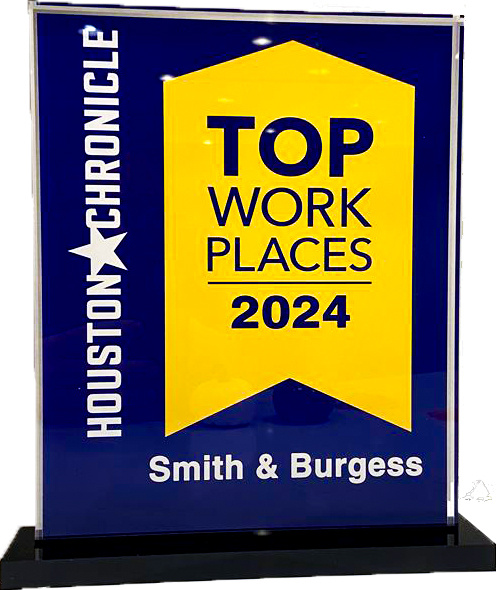Introduction
In the complex world of process safety, ensuring that facilities operate without incident requires a robust safety management system. The stakes are high in industries where a single failure can lead to catastrophic consequences, making effective process safety management essential. Relief systems and flare studies serve as critical safeguards, helping facilities prevent hazardous events and maintain safe operations. At the heart of this system are relief systems and flare studies, two essential components that help prevent catastrophic failures in petrochemical, oil and gas, chemical, pharmaceuticals, power generation, and renewable energy industries.
The Role of Relief Systems in Process Safety
Relief systems are designed to protect equipment and personnel by safely venting excess pressure during abnormal operating conditions. Regular maintenance and inspection of relief systems are crucial to ensuring their continued reliability and effectiveness in preventing dangerous pressure buildup. Without properly functioning relief devices, pressure buildup can lead to explosions, equipment damage, and loss of containment.
-
Preventing Overpressure Incidents: Relief devices act as a last line of defense, preventing overpressure scenarios from escalating into serious incidents.
-
Maintaining Regulatory Compliance: OSHA’s PSM standard and EPA’s RMP mandate proper relief system design, ensuring facilities meet strict regulatory requirements.
-
Safeguarding Facility Integrity: Properly designed relief systems protect both process equipment and surrounding infrastructure, mitigating the risk of downtime and costly repairs.
Why Flare Studies Matter
Flare studies focus on ensuring that flaring systems are capable of handling all potential relief scenarios in a safe and environmentally compliant manner. Additionally, these studies help optimize operational efficiency by ensuring that flare systems are neither oversized nor undersized, leading to cost savings. They also reduce waste by minimizing unnecessary flaring during normal operations.
-
Environmental Impact Management: Effective flaring minimizes the release of harmful emissions, ensuring compliance with environmental regulations.
-
Ensuring Adequate Capacity: Flare systems must be sized to handle simultaneous relief scenarios without overloading.
-
Minimizing Operational Risks: Comprehensive flare studies identify potential risks and guide necessary system upgrades to maintain safety.
Conclusion
Relief systems and flare studies are critical pillars of process safety management. Investing in these systems offers long-term benefits, including reducing operational downtime, preventing costly incidents, and enhancing a company’s reputation for safety and reliability in the industry. Investing in their proper design and maintenance not only ensures regulatory compliance but also protects people, the environment, and facilities. As process safety experts since 2007, Smith & Burgess specializes in providing industry-leading relief and flare services to help clients mitigate risk and maintain safe operations.

